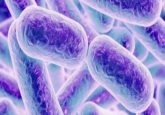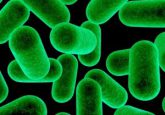Molybdenum disulfide-producing bacteria could be the future of bioelectronics

The metal-breathing bacterium Shewanella oneidensis produces molybdenum disulfide, which could be utilized for enhancing electronics, electrochemical energy storage and drug-delivery devices. In a study recently published in Biointerphases, researchers from Rensselaer Polytechnic Institute (NY, USA) investigated the production of a specific material from S. oneidensis. During anaerobic respiration, the bacterium “breathes” in metal and sulfur compounds and produces molybdenum disulfide, a material that researchers believe could be used to enhance bioelectronic devices as it can easily transfer electrons, similar to graphene. “This has some serious potential if we can understand this process and control aspects of how the bacteria are...
To view this content, please register now for access
Join our member community for FREE to access a collection of journal and online-only features, including:
- Exclusive access to educational videos, eBooks and insights into top BioTechniques journal articles
- The latest news and journal updates delivered straight to your inbox when you want it
- Personalized recommendations for the latest member-exclusive podcasts, interviews and expert opinions
- Priority registration to webinars, panel discussions and events
- Access to competitions and journal publication discounts, including 10% off open access fees when you sign up today!





